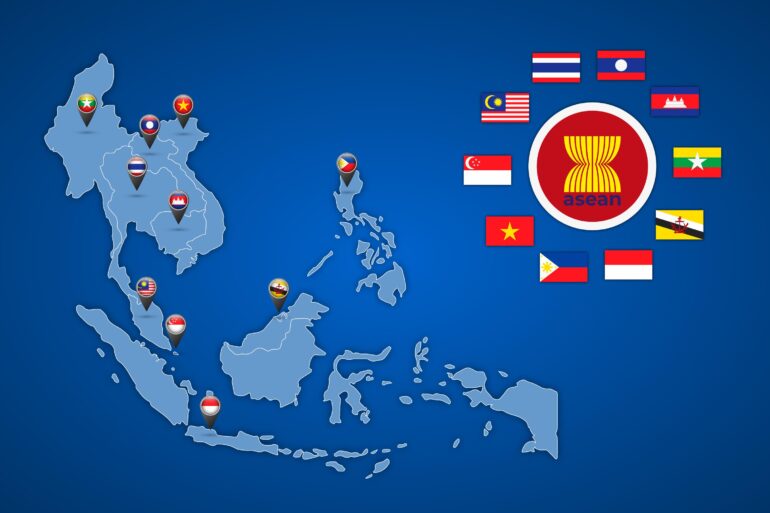- ASEAN aims to propose an AI regulatory framework during its 2026 chairmanship.
- The region recognizes AI’s importance, with 70% of Southeast Asians seeing it as vital for the future.
- A comprehensive regulatory framework can align with ASEAN’s digital transformation goals and unlock significant economic opportunities.
- Disparities in AI readiness exist within the region, with Singapore leading in preparedness.
- Current AI initiatives are led by a few countries, necessitating a comprehensive regional framework.
- Learning from the European Union’s AI Act is crucial to strike a balance between innovation and regulation.
Main AI News:
With the Philippines poised to present an artificial intelligence (AI) regulatory framework during its ASEAN chairmanship in 2026, Southeast Asia demonstrates a proactive stance towards establishing AI policies and regulations. This proactive approach reflects the region’s recognition of AI’s significance, as evidenced by a 2020 survey by Kearney, which revealed that 70 percent of Southeast Asians view AI as crucial to their future and advocate for its rapid growth.
Developing a comprehensive regional regulatory framework is pivotal for regulating AI practices and addressing potential misuse. Such a framework would align with ASEAN’s Digital Economy Framework Agreement and the Post-2025 Agenda, fostering convergence and supporting the region’s digital transformation. Moreover, it could unlock significant economic opportunities, with projections suggesting a potential gain of up to US$950 billion by 2030, driving competitiveness and innovation across ASEAN member states.
However, the region’s capacity to compete globally in the AI market remains constrained by varying levels of readiness. According to Oxford’s Government AI Readiness Index 2023, Singapore leads with a score of 81.97 out of 100, highlighting the substantial gap between more developed economies like Singapore and less prepared nations such as Myanmar.
Currently, AI initiatives in the region are predominantly spearheaded by a few countries with advanced digital economies, exacerbating disparities in AI-driven technology development. For instance, Singapore has launched 25 initiatives, including a National AI Strategy, while Vietnam, Thailand, and Indonesia have also initiated AI strategies. Nevertheless, several countries are still in the nascent stages of AI development, necessitating comprehensive frameworks to facilitate responsible AI adoption.
Although the February 2024 ASEAN Guide on AI Governance and Ethics is a positive step, the region requires a more detailed and all-encompassing regulatory framework. Such a framework should incorporate legal measures to ensure that AI development benefits the region while mitigating potential risks.
Regulating AI is crucial for fostering a safe, inclusive, and innovative ecosystem while upholding ethical values. However, it’s essential to learn from existing regulatory frameworks, such as the European Union’s Artificial Intelligence Act (AIA), to avoid potential drawbacks and strike a balance between innovation and regulation.
Unlike conventional approaches, the AIA employs a legally binding agreement, signaling a departure from voluntary self-regulation. While the AIA aims to mitigate risks associated with AI, there are concerns about potential over-regulation stifling innovation, as voiced by leading European technology firms.
Despite these concerns, the European Union emphasizes that the AIA promotes excellence and innovation, aligning with the European AI Strategy and supporting the growth of AI industries. Compliance costs for AI providers under the AIA are estimated to be manageable, suggesting a balanced approach to regulation.
As ASEAN member states develop their AI regulatory framework, they should prioritize regulatory convergence and strike a balance between fostering innovation and ensuring ethical AI deployment. By doing so, the region can create a competitive and inclusive AI ecosystem while safeguarding against potential risks associated with advanced technology.
Conclusion:
The ASEAN region’s proactive approach to AI regulation reflects its commitment to fostering innovation while ensuring ethical AI deployment. As ASEAN progresses towards establishing a comprehensive regulatory framework, businesses should anticipate a more structured and conducive environment for AI development. This framework will likely enhance investor confidence, spur innovation, and promote responsible AI adoption, ultimately shaping the future landscape of the AI market in Southeast Asia.

